Monthly Archives: April 2014
Travels in Tea: India, Part 4 – Livestream Broadcast
“I’ve never heard of that kind of tea before.” Bill Waddington
It’s not very often that I say those words. But it happened while I was in India last month. Almost every tea place I stopped in – street stalls, tea broker’s offices, tea gardens – I would be asked if I wanted tea. Of course I would say “yes.” I would be asked if I wanted “black tea” or “milk tea.”
And this gave me pause.
At first I thought they just meant a black tea served with milk on the side. But it became clear this was not what they meant. “Milk Tea” was a completely different/unique concoction: not black tea, not tea with milk, not “Royal Milk Tea,” not boba or bubble tea, not chai tea (or masala chai). I already knew all of those. Milk tea is its own thing.
So of course I asked for it. Then asked for it at the next place, and the next place … It’s reaalllly good. It is strong, sweet, smooth, milky (duh), and the method of preparation totally took me by surprise. In the interest of full disclosure my wife did not like it, but EVERYONE at TeaSource did.
This is one of the things I most love about tea: almost every culture in the world drinks tea-and almost all of them do something different with it. Tea snobs be damned.
On Thursday, April 17 at Noon (CST) I will be doing a Livestream broadcast, demonstrating how to make Indian Milk Tea. To participate, just click here, log in, then sit back and enjoy!
FYI, we try to do Livestream broadcasts approximately once a month. All are welcome to watch and participate. We announce these on Twitter and Facebook, as well as our monthly email newsletter.
Thanks,
-Bill
Travels in Tea, India: Part 3
In Kolkata I ended up staying in a very cheap, barebones, locals-only hotel, in a neighborhood where I was the only westerner for miles; because it was the closest hotel to the convention center, only 3 km away. I could walk to the convention. All other hotels (re: higher rated and more expensive) were all 6-10 km away from the convention center.
The moral here is never trust the pictures you see on internet travel sites. I certainly got a chance to see “authentic” Kolkata, not just the touristy parts, although I saw some of that too.
The most annoying thing about clichés is that they are often true.
Kolkata, a teaming mass of humanity …
Lots of people, noisy crowded streets, mullahs chanting, music constantly being played over public loudspeakers, public ablutions, the poorest poor-the richest rich, friendly/helpful people-lots of stares ‘what’s he doing here.’
Smells: spices-people-industry-motor fumes-trash and litter.
Hot-dusty-dry, mosquitoes, livestock all over the roads (not just cows), dirt roads, CRAZY drivers, push carts, stalls with all manner of goods, lively, thriving, throbbing, pulsing … Kolkata – City of Joy.
For the record, this was not the roughest hotel room I have ever stayed in – that would have been in Guthrie Center, Iowa.
Fruit and vegetable stands were all over India, this was a larger one. These are in lieu of what we call traditional grocery stores-the product looked great and was very fresh-think of our farmer’s markets.
It took a long time, but I finally found some tea in Kolkata. I hadn’t even seen a chaiwallah. The Cha Bar was located inside Oxford Books, the best book store in Kolkata, of course in the touristy section of town.
It actually was a pretty neat layout. A pretty good selection of 50 or 60 teas.
And they offered food, not a full blown restaurant, but sort of like a café or diner.
I was going to order some Indian food, but then I noticed this which unfortunately really reminded me of something back in the States.
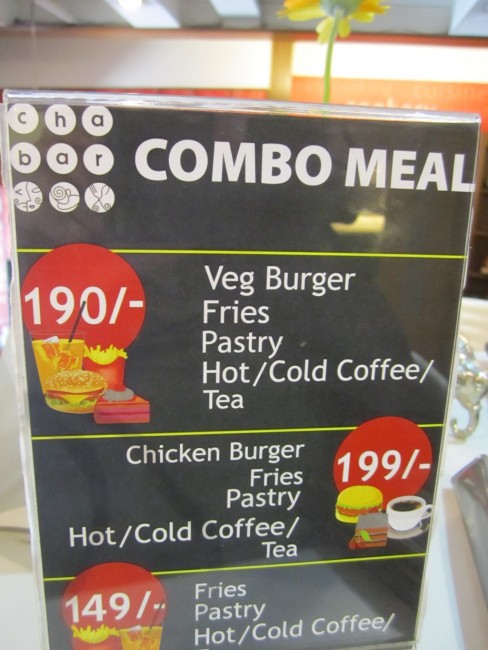
I figured I had to try the India version of a McDonalds knock off.
This, along with a pretty good Assam black tea from the Khobong Tea Garden (of course with the assumption that sugar will be used), actually wasn’t bad.
Later on I did run across a real McDonalds, but they don’t serve hamburgers (this is India after all; cows are wandering around the streets-not residing between two pieces of bread). Why are the most ubiquitous American exports those things that we are kind of embarrassed about?
Kolkata is very cool, a little unsettling, and definitely can make you feel like a stranger in a strange land.
Up next, the hills of Darjeeling.
-Bill
Announcement: April Promotions
 With the return of Bill from his India trip, TeaSource is taking the month of April to shine a light on this tea producing country. We will have a number of special events, discounts, and education revolving around the Darjeeling, Assam, and Nilgiri tea growing regions.
With the return of Bill from his India trip, TeaSource is taking the month of April to shine a light on this tea producing country. We will have a number of special events, discounts, and education revolving around the Darjeeling, Assam, and Nilgiri tea growing regions.
Monthly Specials
Visit our store or shop online and take advantage of a 20% off discount on a variety of featured Indian teas.
Travelogue
Keep your eyes on Beyond the Leaf for Bill’s musings about his trip to India. He traveled through the streets of Kolkata, to the mountains of Darjeeling, and to the wide fertile plains of Assam. See photos from tea estates, learn more about India’s tea culture, and hear about Bill’s personal experiences while traveling.
Contest
While you follow along on Beyond the Leaf, leave a comment. All commenters will be entered into a drawing for some free tea! More details here …
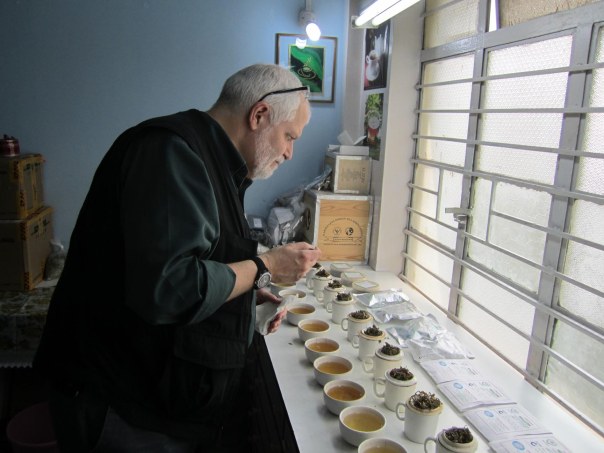
Travel in Tea: India workshop
Have the unique experience of hearing about Bill’s trip first hand, while tasting Indian teas. Attend a special workshop to hear more about meeting tea growers and brokers, staying at tea gardens, and tasting some wonderful early first flush Indian teas. Outside of the Twin Cities? We will be broadcasting the workshop on Livestream on Wednesday, May 7th. Learn more here…
What is Milk Tea?
Bill discovered a different way to prepare tea, a technique that the Indian culture has been using for more than a hundred years. On April 17th at Noon (CST), Bill will be demonstrating how to make this popular tea beverage in a live broadcast on Livestream.
We hope you join in and discover the world of Indian teas!
Travels in Tea, India: Part 2
Ostensibly I was in Kolkata because it was a connecting point to the tea regions of Darjeeling and Assam. In addition there was a small tea convention going on there. Also, it was my first chance to visit a famous Indian city.
First, the tea convention. For the record, it was the 2nd India International Tea & Coffee Expo. To a large degree it was a bust, at least for me. It was very small, only its second year. It didn’t really have a clear idea of whom it was addressing: importers, growers, packers, retailers, exporters or whom?
It was mostly for Indian tea companies, as opposed to foreigners. I was a bit of an oddity (I’m used to that). There were lots of tea garden equipment manufacturers (which was way cool), a few actual tea companies, the official tea boards of India, Darjeeling, Assam Nilgiri, and Kangra- and these were all great contacts for me to make.
Geek warning: possibly the coolest part of the convention was the tea garden equipment manufacturers.
Most of you probably know almost all of the tea TeaSource sells is still hand-plucked (2 leaves & a bud).
But there are some areas in the world that use machines to pluck tea leaves, particularly Japan. They do this because they don’t have enough skilled labor to go in the tea fields and pluck tea leaves. In fact the Japanese have almost made an art form of creating machinery that delivers a very high quality tea, while reducing the actual labor costs in producing these very high quality teas.

Here is a picture of an actual 2 man machine. The handles fold out flat, so they can each be grabbed a tea worker.
These plucking machines are guided across the very top of the tea rows, which shaves the top very few leaves of the plant and collects them. However, this machine is certainly not as discriminating in choosing and plucking, ‘just the right leaves’ as a skilled tea plucker.
This lesser degree of discrimination has led the Japanese to create another very cool machine: an electronic/digital tea leaf sorter that works by detecting the variations in the color of the individual leaves.
The collected leaf is fed through the tea leaf sorter in a steady stream. Then, through the use of very high tech cameras, the color variations amongst the leaves and tea particles are registered and compared to whatever the machine’s program calls for at that time. Any leaves that are not the desired color (which is a reflection of density, moisture content, position on the plant, chlorophyll content, etc.) will be identified and knocked out of the tea leaf stream by a blast of air.

A very large color tea leaf sorter, complete with Nikon lenses on its cameras – it can sort about 800 lbs. of tea per hour.
This is pretty cool stuff; kind of Star Wars meets tea manufacturing. For better or worse, we will be seeing more of this kind of the thing in the future, as shortage of labor is the second biggest challenge facing all tea manufacturers.
But as I said, the tea convention was a bit of a bust: I made some good contacts, saw some cool machines (and since it was a slow convention I had a chance to sit and chat with the guys who design and build these machines). But that was about it. The nicest thing about the convention was it gave me an extra day to explore Kolkata.
Much more on Kolkata in the next post.
-Bill
A little bit about a lot of Indian tea
India grows a lot of tea. It is the second largest tea producer in the world (China is first) – making over one million metric tons of finished tea per year. But the story told to us about Indian tea is actually much larger than India (and India is big!). It is also about the British empire; it is about the East India Company and the consequences of global trade; and it is about the influence of the west on the east.
 Up into the 19th century, tea plants and the tea trade belonged to China. But the demand for tea was rapidly growing in the west and so were the pressures with the East. Because the Chinese had a monopoly on tea and little interest in European goods, they could demand to be paid in silver, causing the British to run significant trade deficits (an issue America and China are grappling with today). To reverse the flow of silver back home, the British began selling large amounts of cheap opium (grown in India) to China. Furious at the British for turning their country into opium addicts (and depriving them of silver), the Chinese began confiscating and destroying the British opium supplies. The British retaliated with military force and fought what we now refer to as the first “opium war” of 1839-1842.
Up into the 19th century, tea plants and the tea trade belonged to China. But the demand for tea was rapidly growing in the west and so were the pressures with the East. Because the Chinese had a monopoly on tea and little interest in European goods, they could demand to be paid in silver, causing the British to run significant trade deficits (an issue America and China are grappling with today). To reverse the flow of silver back home, the British began selling large amounts of cheap opium (grown in India) to China. Furious at the British for turning their country into opium addicts (and depriving them of silver), the Chinese began confiscating and destroying the British opium supplies. The British retaliated with military force and fought what we now refer to as the first “opium war” of 1839-1842.
 While these tensions were escalating, the British discovered an indigenous tea plant (camellia sinensis var. Assamica) growing in India. This was of no significance to the rest of the world until a couple employees of the East India Company began a project to start cultivating these wild tea plants in Assam. Motivated to find a commercial alternative to Chinese tea, the British had already been experimenting with growing tea in India. The lack of experience and infrastructure (Assam was an undeveloped jungle at the time) prevented any real success up to this point, but these Assam tea plants proved well suited for the warmer climates of India. Through the stubborn persistence of the British (none of this came easy and often ended tragically) and help from imported Chinese knowledge and labor, the cultivation of tea in India became viable – and the proliferation of the Assam plant grew it to the size it is today. As the modern Indian tea industry established, three “official” geographically recognized tea producing regions emerged: Assam, Darjeeling, and Nilgiri.
While these tensions were escalating, the British discovered an indigenous tea plant (camellia sinensis var. Assamica) growing in India. This was of no significance to the rest of the world until a couple employees of the East India Company began a project to start cultivating these wild tea plants in Assam. Motivated to find a commercial alternative to Chinese tea, the British had already been experimenting with growing tea in India. The lack of experience and infrastructure (Assam was an undeveloped jungle at the time) prevented any real success up to this point, but these Assam tea plants proved well suited for the warmer climates of India. Through the stubborn persistence of the British (none of this came easy and often ended tragically) and help from imported Chinese knowledge and labor, the cultivation of tea in India became viable – and the proliferation of the Assam plant grew it to the size it is today. As the modern Indian tea industry established, three “official” geographically recognized tea producing regions emerged: Assam, Darjeeling, and Nilgiri.
Assam
 The home to India’s native tea plant, Assam was a jungle surrounding the Brahmaputra River valley in east India. It currently produces over 50% of India’s total tea output and Assam teas are noted for being strong, full-bodied, with malty flavors. The indigenous Assamica plant prefers the warm, lush environment of its home and can stay productive most of the year, though 2nd flush teas are often considered the best. CTC teas are common in Assam. CTC, or “crush, tear, curl,” teas are machine processed versus orthodox manufacturing. But fine orthodox teas are still available and range from their traditional deep, malty cups to sweet, almost tobacco-like flavors, similar to Yunnan teas (which is not surprising since the cultivars are similar and nearby on the map).
The home to India’s native tea plant, Assam was a jungle surrounding the Brahmaputra River valley in east India. It currently produces over 50% of India’s total tea output and Assam teas are noted for being strong, full-bodied, with malty flavors. The indigenous Assamica plant prefers the warm, lush environment of its home and can stay productive most of the year, though 2nd flush teas are often considered the best. CTC teas are common in Assam. CTC, or “crush, tear, curl,” teas are machine processed versus orthodox manufacturing. But fine orthodox teas are still available and range from their traditional deep, malty cups to sweet, almost tobacco-like flavors, similar to Yunnan teas (which is not surprising since the cultivars are similar and nearby on the map).
Darjeeling
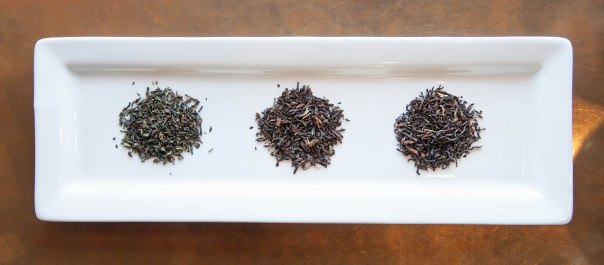 This famous tea produced at the foothills of the Himalayas in Northern India is not only unique among Indian teas, but distinguishes itself from teas grown anywhere else in the world. The British started coming to these picturesque mountains for relaxation and recuperation – the high mountain air was considered healthy and cleansing. But the high altitudes, cooler weather, and well-drained soil proved to be perfect for growing tea – particularly the Chinese tea plant, which prefers this climate over the tropical weather of Assam and Nilgiri. Darjeeling teas are known to steep up light, floral, fresh, and sometimes astringent. They also market the significant seasonal contrasts produced between the first and second flushes. (For more, read our blog post “I’m dealing Darjeeling” )
This famous tea produced at the foothills of the Himalayas in Northern India is not only unique among Indian teas, but distinguishes itself from teas grown anywhere else in the world. The British started coming to these picturesque mountains for relaxation and recuperation – the high mountain air was considered healthy and cleansing. But the high altitudes, cooler weather, and well-drained soil proved to be perfect for growing tea – particularly the Chinese tea plant, which prefers this climate over the tropical weather of Assam and Nilgiri. Darjeeling teas are known to steep up light, floral, fresh, and sometimes astringent. They also market the significant seasonal contrasts produced between the first and second flushes. (For more, read our blog post “I’m dealing Darjeeling” )
Nilgiri (South India)
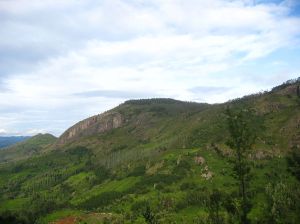 The teas of the “Blue Mountains” of Southern India are often overshadowed by the Darjeeling and Assam, but no less important to the story of India tea. Because of the tropical environment, Nilgiri plants (primarily the Assamica variety) will flush year round and are not separated by “flushes” like Assam and Darjeeling teas. Known for their smooth, fruity, gentle nature, the best orthodox teas from Nilgiri happen in the winter months of January and February, where sometimes even a little frostbite from the highest elevations can add unique and desirable complexity to the cup.
The teas of the “Blue Mountains” of Southern India are often overshadowed by the Darjeeling and Assam, but no less important to the story of India tea. Because of the tropical environment, Nilgiri plants (primarily the Assamica variety) will flush year round and are not separated by “flushes” like Assam and Darjeeling teas. Known for their smooth, fruity, gentle nature, the best orthodox teas from Nilgiri happen in the winter months of January and February, where sometimes even a little frostbite from the highest elevations can add unique and desirable complexity to the cup.
The above is not comprehensive. There are many details to fill in, many exceptions, and still much to learn. As always, the best way to learn is to taste them, and read more.
-Michael Lannier
TeaSource manager
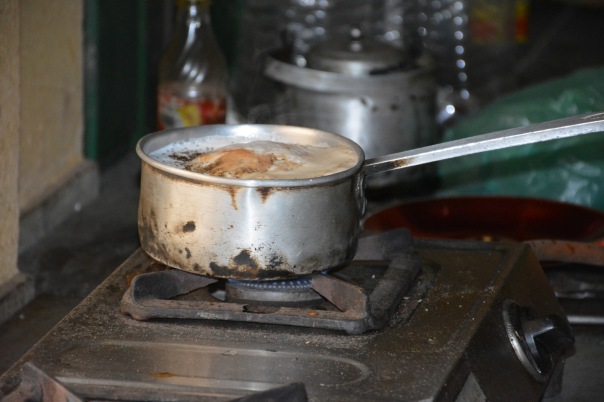
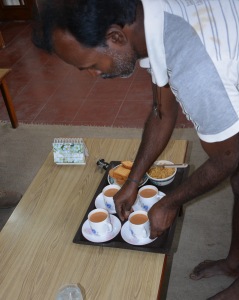
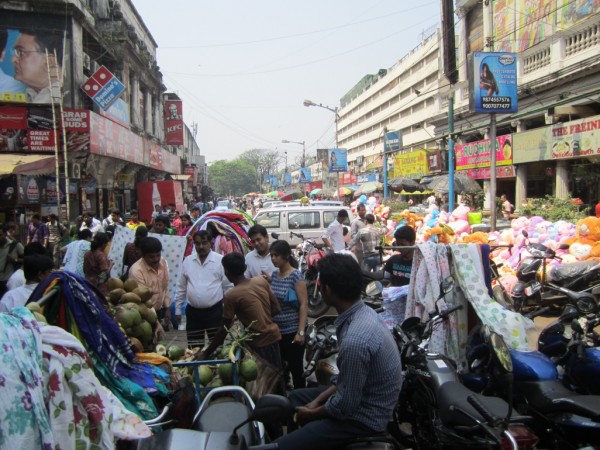

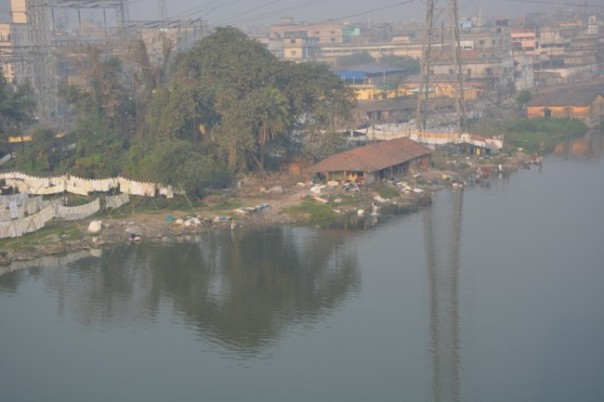


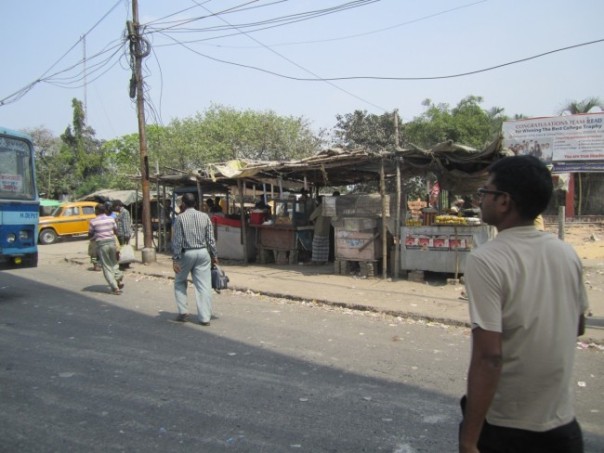


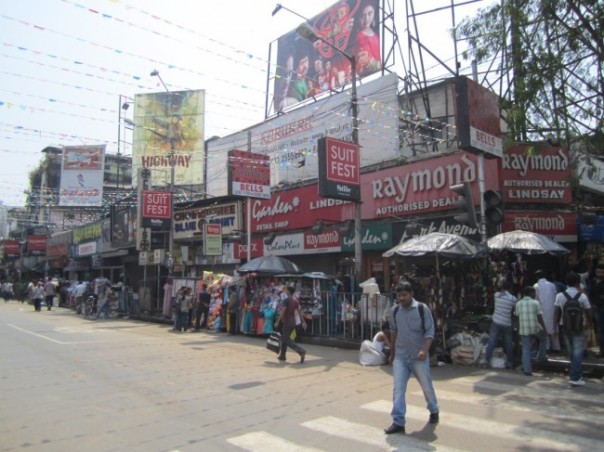
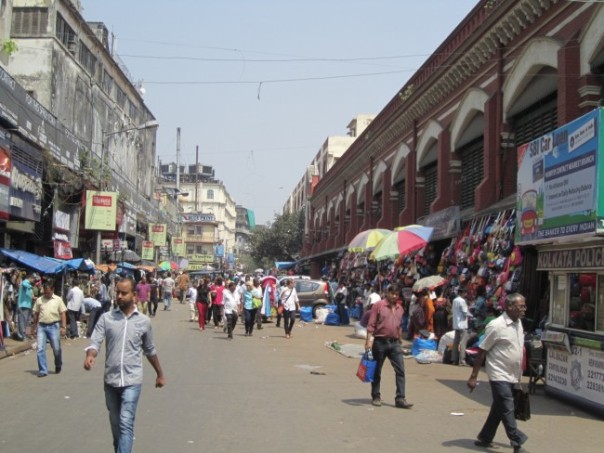
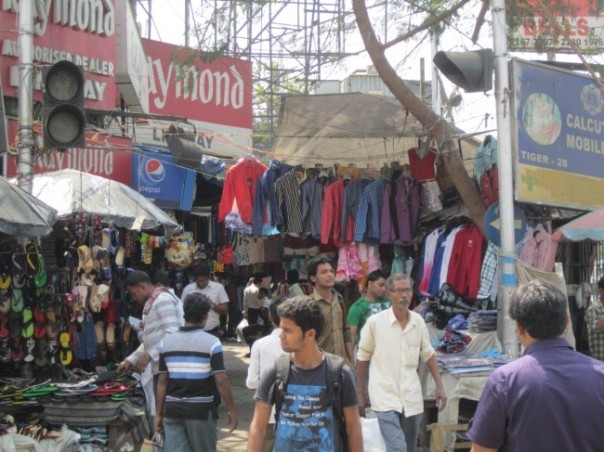

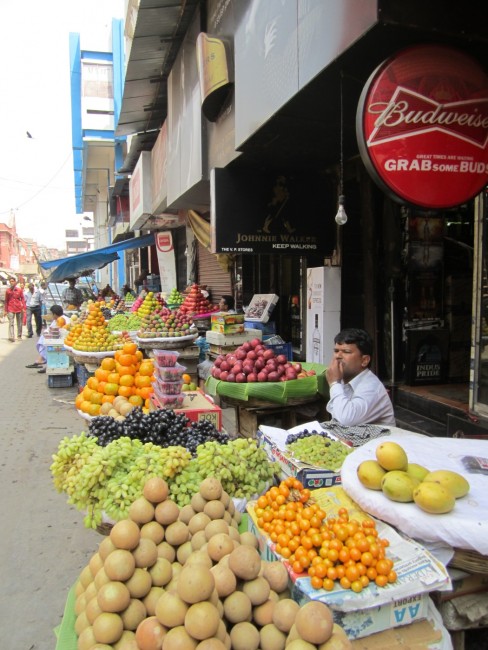

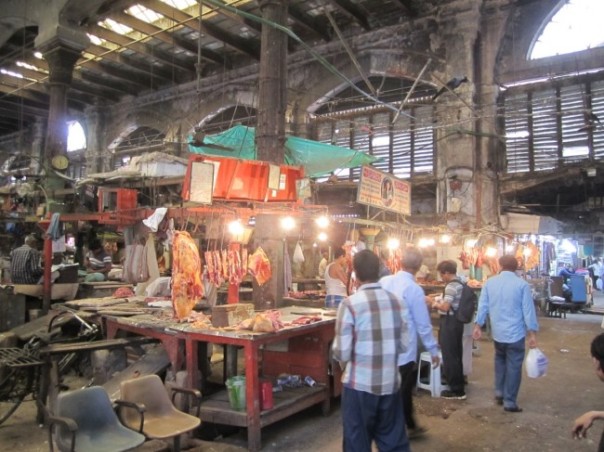
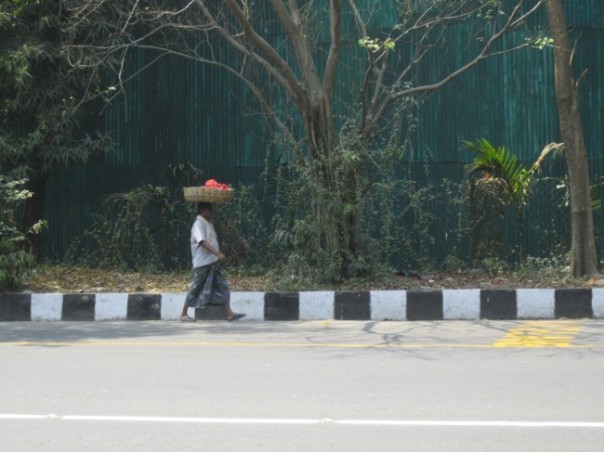
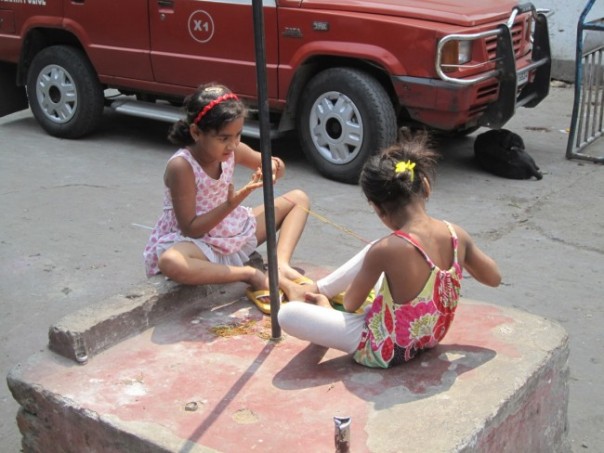

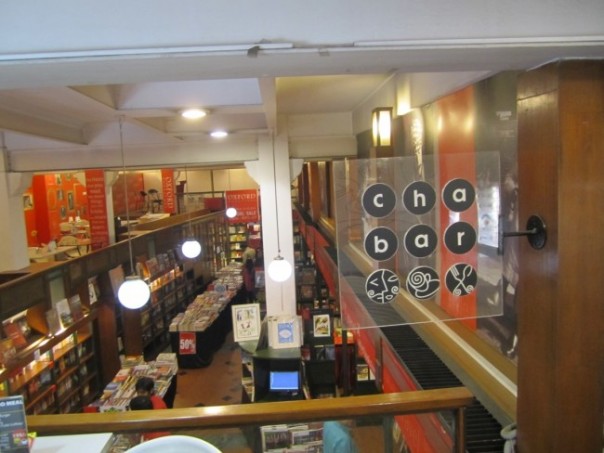
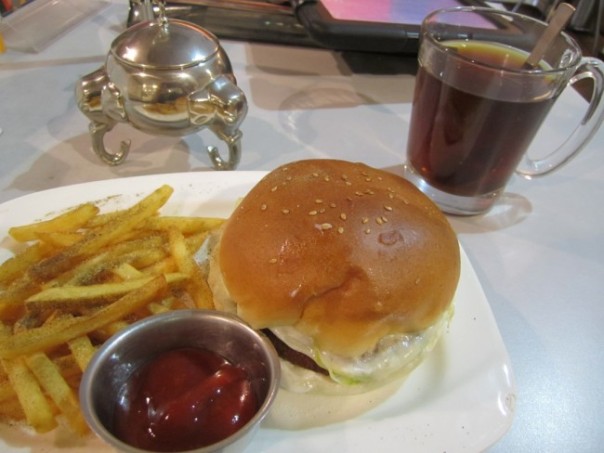

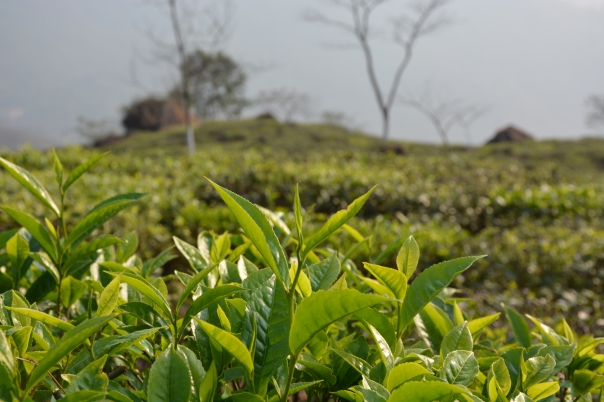
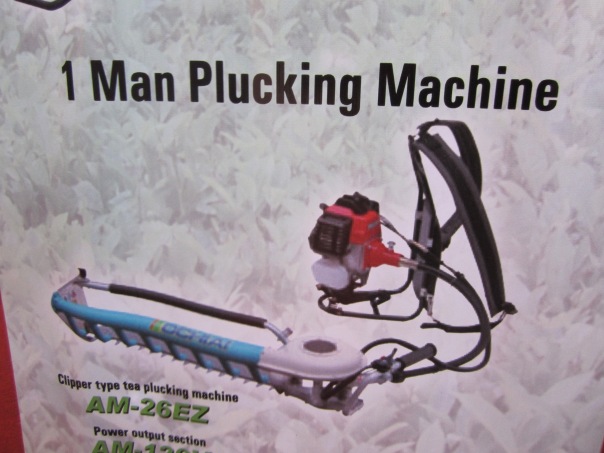
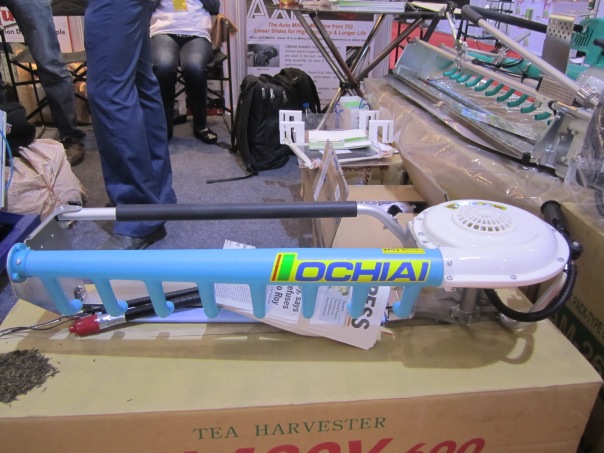
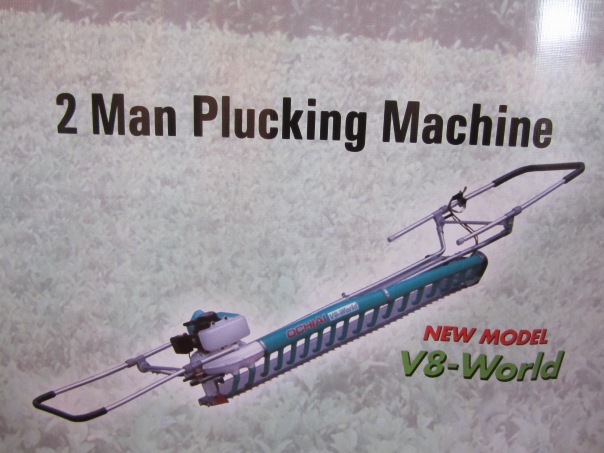
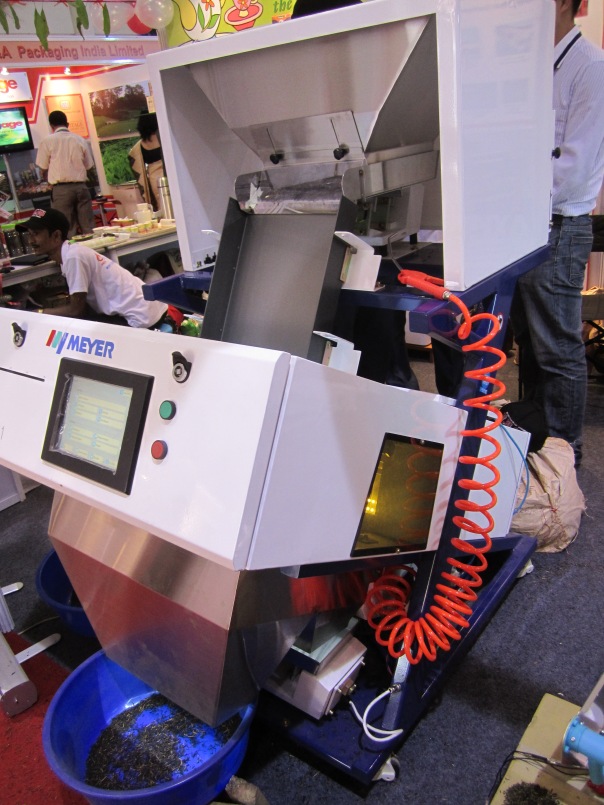
Free Tea?!
Apr 22
Posted by teasourcemgr
(Each commenter, from every post about Bill’s India trip will be entered into a drawing until April 30th, 2014. You can enter multiple times by posting comments on different “Travels in Tea: India” posts. Winners will be announced on May 1st, 2014.)
Posted in Event, Tea, Travel
3 Comments
Tags: blog, comment, contest, India, tea, travel